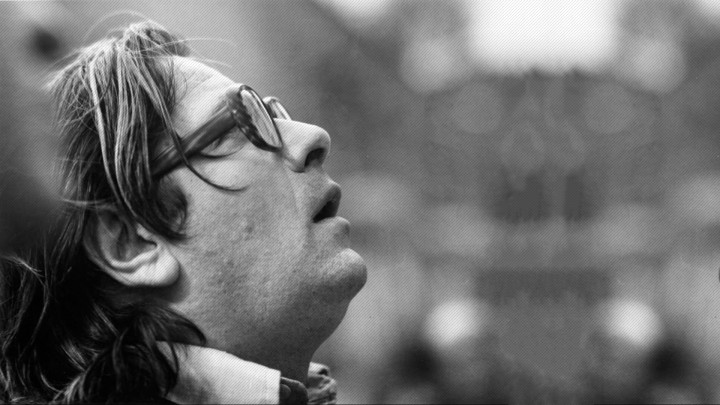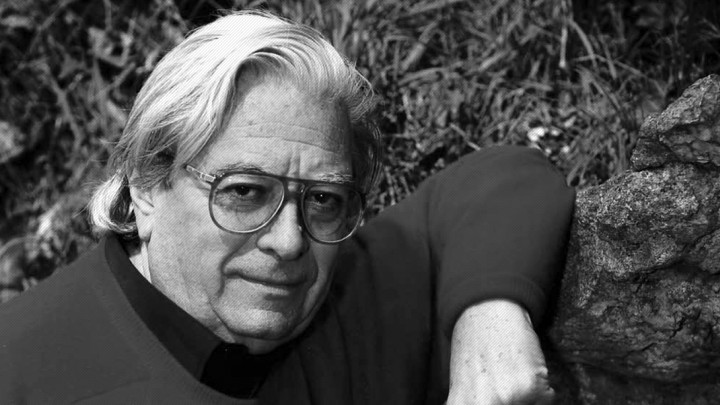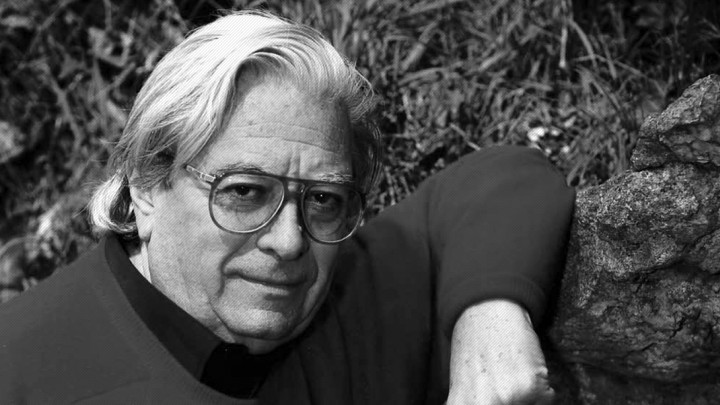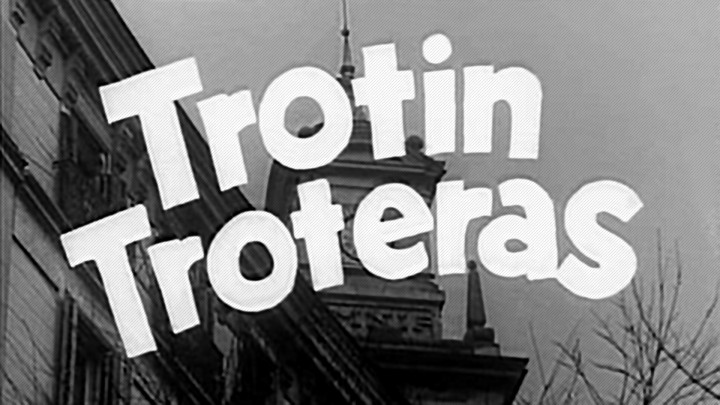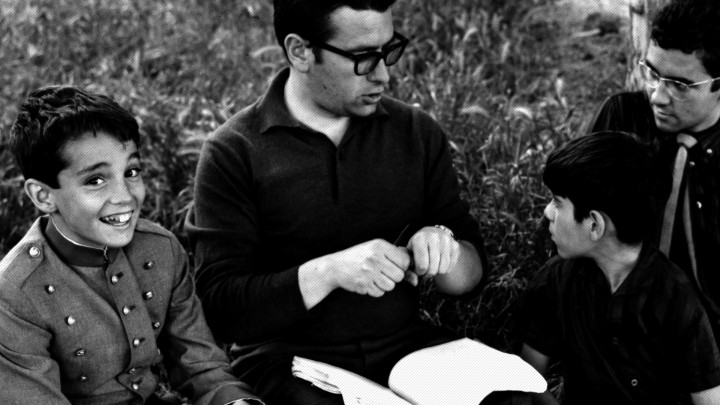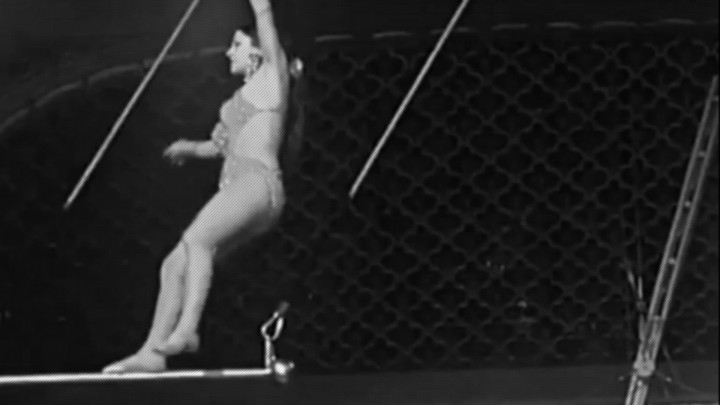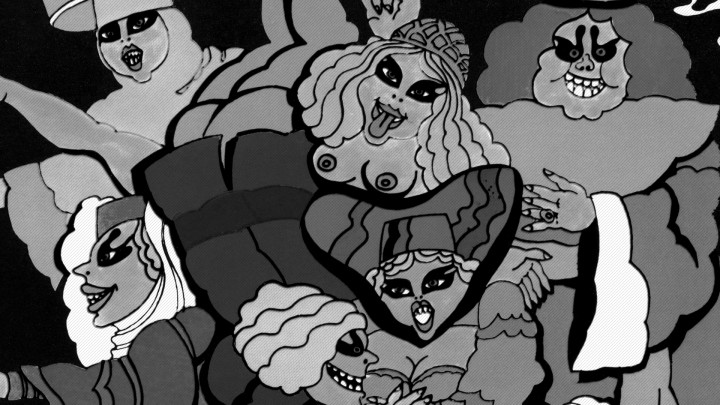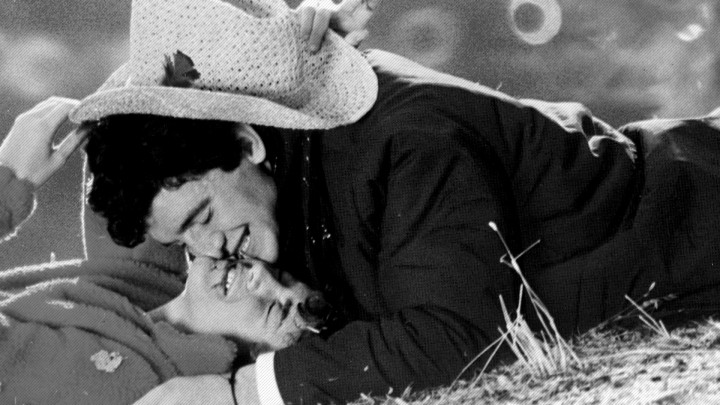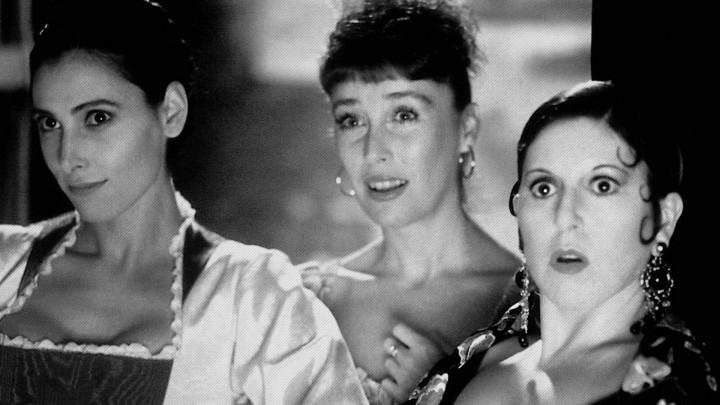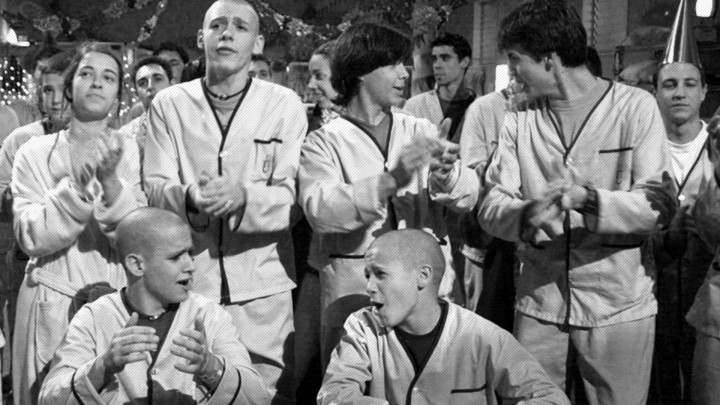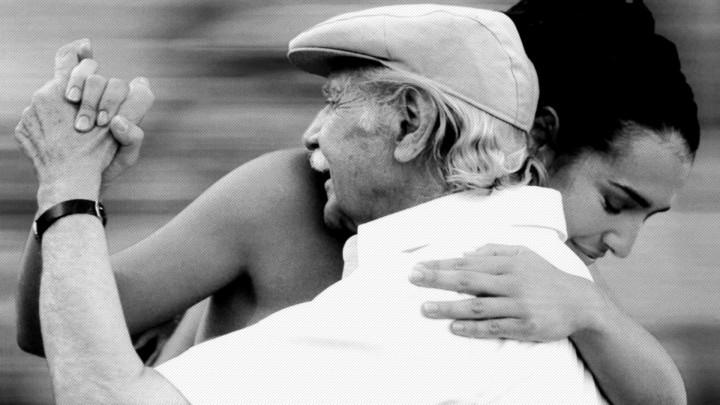
Pis
Pis is a work made in 1961, in the second year of Film School. Shot in 16mm, the story is told in farcical style. A man explains that he can’t find a bathroom. In the end, a group of passers-by stand in a circle round him, telling him to relieve himself in the street and promising to keep a lookout for him.
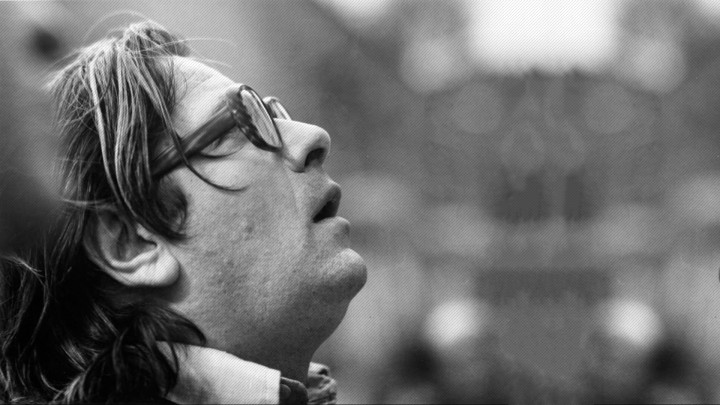
La balada de los cuatro jinetes
La Balada de Los Cuatro Jinetes (The Ballad of the Four Horsemen) is a documentary made with images from news programmes on religious music. With an incisive, critical gaze, Antonio Mercero denounces racism in the USA, the Vietnam War, traffic accidents and the misery left in the wake of natural disasters. This is the tale of the journey taken by the four horsemen of Revelations, representing the conquest of space.
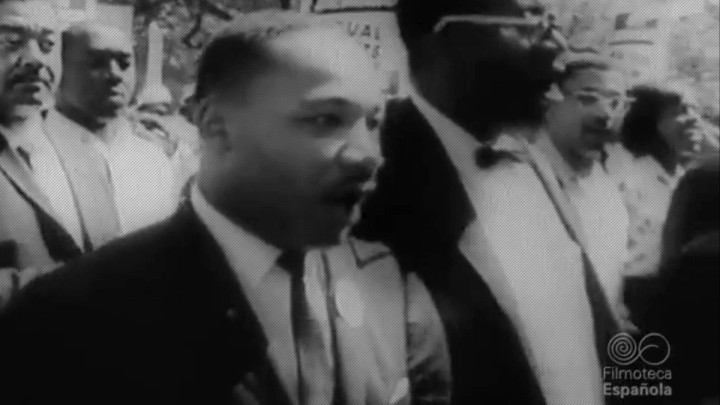
Manchas de sangre en un coche nuevo
The leading man is the owner of a garage. As well as working as a mechanic, Antonio dabbles in the black market. One day, driving home in his flashy car, he witnesses a serious accident. Fearing that they’ll make a mess of his car, he doesn’t stop to help the victims, despite their cries for help, instead deciding to drive away.
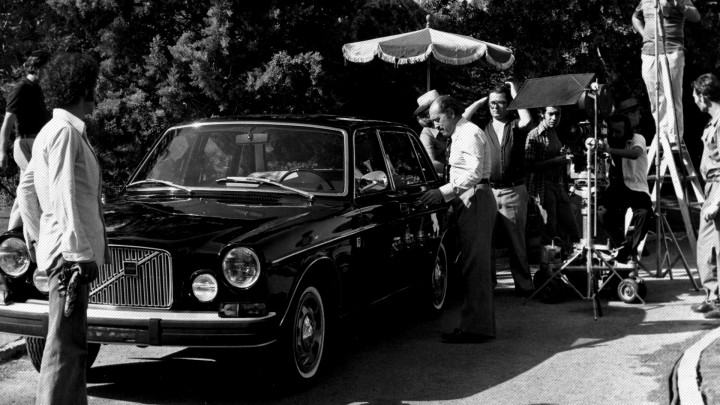
La guerra de papá
Based on the book by Miguel Delibes, El Príncipe Destronado, while it enjoyed enormous success on its release, the film failed to subsequently achieve the recognition it deserved due to being qualified by the press as partisan. These were the years of the Spanish transition and the hegemonic media were working to silence any content related to the Franco era.
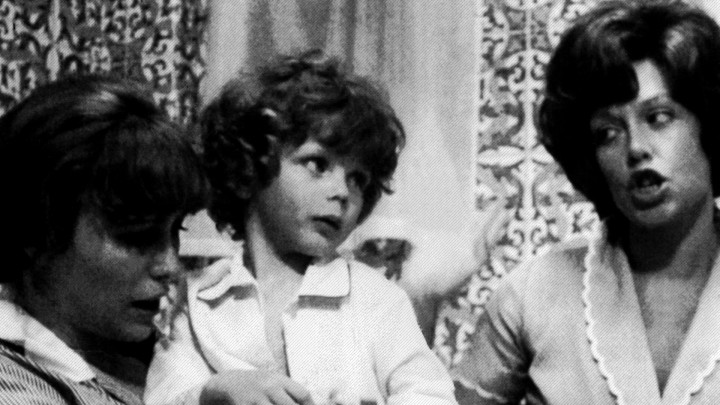
Tobi
Antonio Mercero looked at many subjects thanks to Tobi: the limits of scientific experiments, the irresponsibility of the advertising world and the media in its use of children, the exploitation of children for business purposes and the morbid curiosity towards those who are different to us, among others.
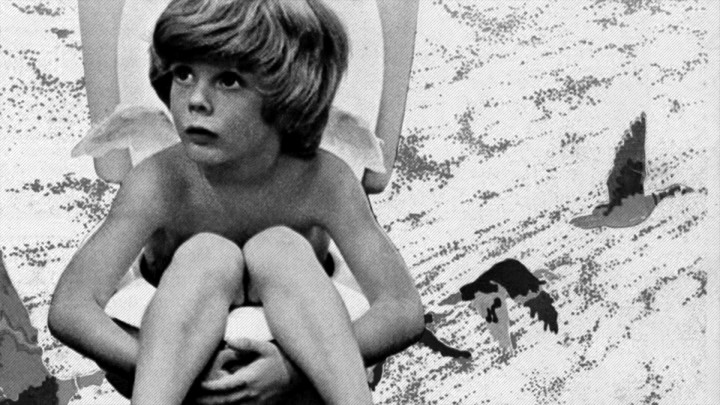
Buenas noches, señor monstruo
Four boys get lost in the woods during a school outing. Looking for shelter from the storm, they come across an abandoned house. Inside, they meet Dracula, Wolfman, Quasimodo and Frankenstein. Although the monsters do their best to continue frightening people, they’re losing their touch and the four boys will try to help them recover their lost reputation.
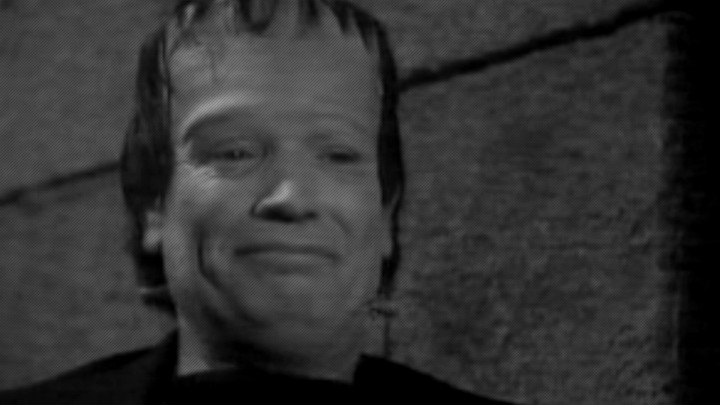
Espérame en el cielo
The main feature of Espérame en el cielo is the use of humour. Although the Franco period is the central theme, usually the story would have been approached from another angle, perhaps somewhat more neutral. But Mercero once again uses his ploys to address this thorny subject: humour and humanity. Thanks to these two concepts, the film was a big success.
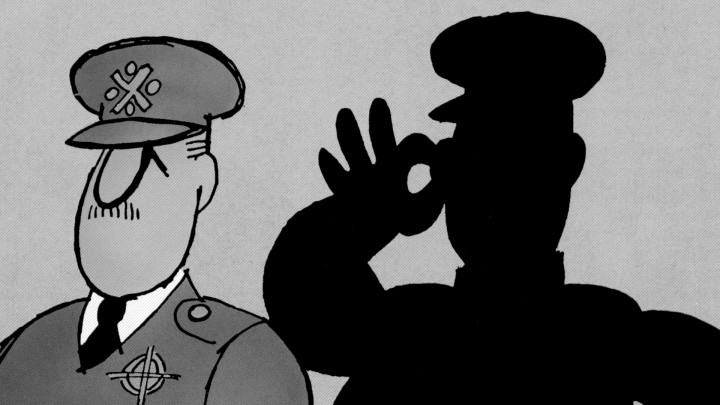
El tesoro
El tesoro looks at the conflict between a group of archaeologists and a whole town. The former have made a big discovery in the town of Gamones. But the locals are behaving as if the discovery is theirs and violently defend their treasure. This is a tug-of-war between ‘small-town folk’ and ‘urbanites’.
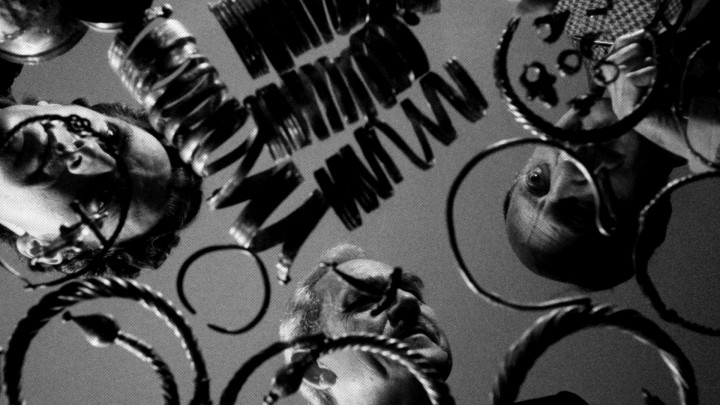
La hora de los valientes
Manuel, a young anarchist, is a great admirer of classic art. He works as a security guard at the Prado Museum. Just after the outbreak of Civil War in 1936, the Spanish Government decides to transfer the works from the Prado to Valencia in an effort to protect the historical heritage. Manuel recovers a self-portrait of Francisco de Goya. The film is set in Madrid, in the early months of the fighting. And as its basis, it has a love story.

